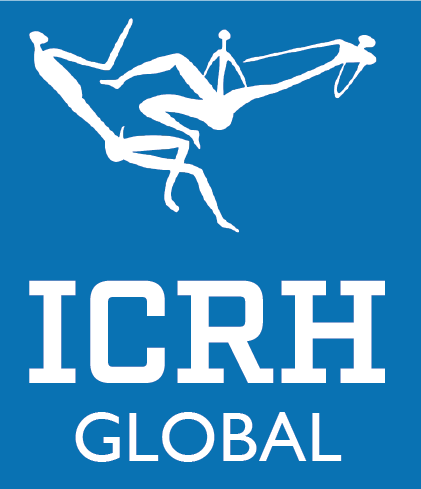A new woman-controlled contraceptive vaginal ring: a global step forward
More than 40 years ago, the development of contraceptive vaginal rings began, based on the fact that the vaginal epithelium can absorb steroid hormones and the capacity of elastomers to release these hormones at almost constant rates.1 The growing interest in woman-controlled contraceptive methods has supported and accelerated the process. Read more: see attachment 0 Facebook
Current care for victims of sexual violence and future sexual assault care centres in Belgium: the perspective of victims
Background: Sexual violence is a global health problem. After ratifying the Convention of Istanbul in 2016, this Belgian study was set up to map the perspective of victims of rape on the current sexual violence care provision in Belgium and to inquire on their need for more specialised and holistic care in future Sexual Assault […]
Improving affordability of new Essential Cancer Medicines
Effective cancer care requires investment in health infrastructure, a trained health workforce, and quality- assured, affordable medicines within a sustainable supply chain. To this end, in a major move to increase access to cancer medicines in low-income and middle- income countries (LMICs), WHO has added ten new cancer therapies to its 21st Model List of […]
Type-Specific Human Papillomavirus Prevalence, Incident Cases, Persistence, and Associated Pregnancy Outcomes Among HIV-Infected Women in Kenya
BACKGROUND: Persistent infection with high-risk types of human papillomavirus (HPV) is the preeminent factor driving the development of cervical cancer. There are large gaps in knowledge about both the role of pregnancy in the natural history of HPV infection and the impact of HPV on pregnancy outcomes. METHODS: This single-site prospective cohort substudy, nested within […]
Opportunities for linking research to policy: lessons learned from implementation research in sexual and reproductive health within the ANSER network
BACKGROUND: The uptake of findings from sexual and reproductive health and rights research into policy-making remains a complex and non-linear process. Different models of research utilisation and guidelines to maximise this in policy-making exist, however, challenges still remain for researchers to improve uptake of their research findings and for policy-makers to use research evidence in […]
